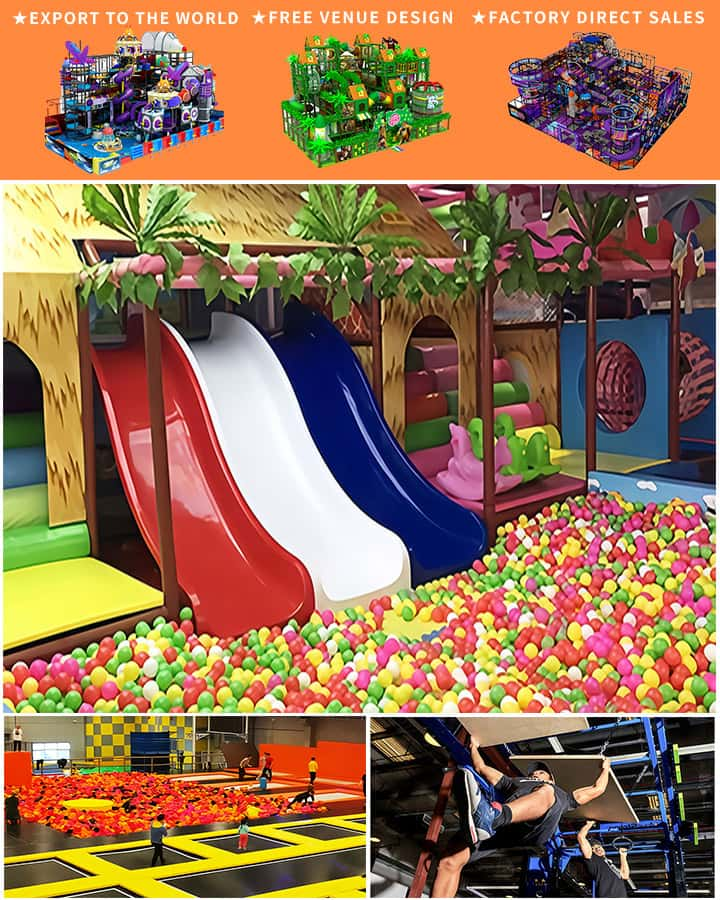Playgrounds are a staple in communities around the world, designed to provide children with a safe environment to play, learn, and grow. These recreational areas are filled with a variety of equipment that cater to different age groups and physical abilities. In this comprehensive guide, we’ll delve into the names of different playground equipment, their uses, and some interesting facts about them.
1. Swings
One of the most iconic pieces of playground equipment is the swing. Swings come in various forms, including traditional belt swings, bucket swings, and baby swings. They offer a simple yet exhilarating experience, helping children improve their balance and coordination while enjoying the sensation of flying through the air.
2. Slides
Slides are another beloved playground feature. From spiral slides to straight ones and even those with tunnels, slides offer endless fun for kids. Sliding is not only enjoyable but also helps develop motor skills and can be an exciting way for children to overcome minor fears of heights.
3. Seesaws
Seesaws, or teeter-totters, are great for social interaction and physical activity. This two-person seesaw challenges children to work together to achieve balance. It promotes teamwork, communication, and gross motor development.

4. Jungle Gyms
Jungle gyms, often referred to as climbing frames, come in many configurations, from simple ladder structures to complex multi-tiered climbers. These versatile pieces of equipment allow kids to engage in various physical activities like climbing, crawling, and balancing, all of which are crucial for developing strength and flexibility.
5. Merry-Go-Rounds
Merry-go-rounds are circular platforms that spin around when pushed. They provide an excellent opportunity for kids to practice cooperation and coordination. Additionally, they introduce concepts like centripetal force in a playful manner.
6. Spring Riders
Spring riders, such as pogo sticks and spring-mounted toys, offer a bouncing experience. These toys help develop leg muscles and improve balance and coordination. Their fun and energetic nature makes them particularly popular among younger children.
7. Sandboxes
Sandboxes are essential for creative play and sensory exploration. Children can dig, build sandcastles, and use various molds and shovels to enhance fine motor skills. Sandplay also encourages imaginative thinking and cooperative play among peers.
8. Climbing Walls
Climbing walls on playgrounds are usually made from textured surfaces or have built-in handholds and footholds. They offer a challenging yet safe environment for kids to test their climbing skills, build upper body strength, and boost their confidence.
9. Balancing Beams
Balancing beams are narrow, elevated pathways that require children to maintain their balance as they walk across them. These beams help improve coordination, concentration, and core stability. Some playgrounds include beams with railings for added safety.
10. Interactive Installations
Modern playgrounds sometimes feature interactive installations like musical instruments, light-up panels, or water features. These elements engage multiple senses and encourage both physical and mental stimulation through play.
In conclusion, each piece of playground equipment serves a unique purpose, contributing to the holistic development of children. Whether it’s building physical prowess, enhancing social skills, or fostering creativity, playgrounds equipped with these diverse tools provide a well-rounded environment for young minds to thrive. So next time you visit a playground, take a moment to appreciate the variety of equipment and consider the myriad ways they enrich children’s lives




